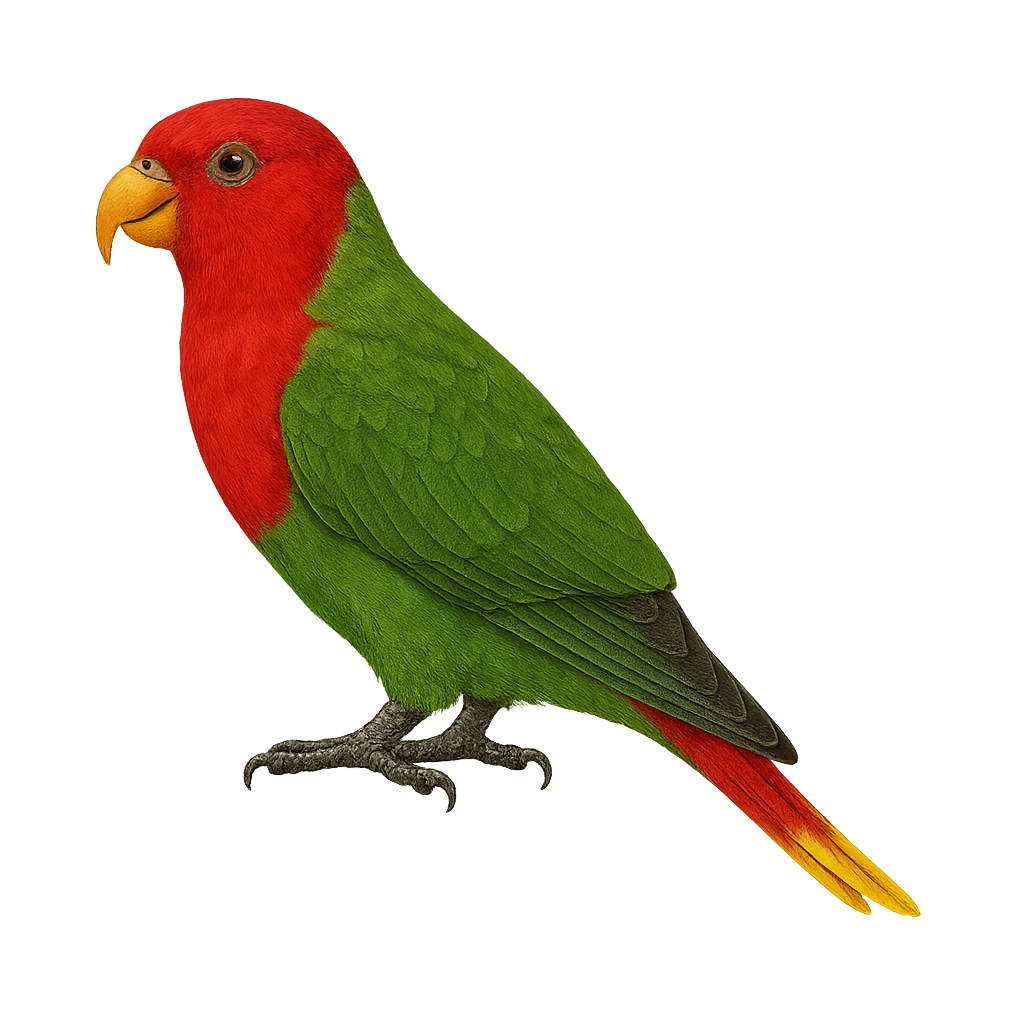Your wildlife photography guide.
Explore the papuan lorikeet in detail, study its behavior, prepare your shots.
Where to observe and photograph the papuan lorikeet in the wild
Learn where and when to spot the papuan lorikeet in the wild, how to identify the species based on distinctive features, and what natural environments it inhabits. The WildlifePhotographer app offers tailored photography tips that reflect the papuan lorikeet’s behavior, helping you capture better wildlife images. Explore the full species profile for key information including description, habitat, active periods, and approach techniques.
Papuan Lorikeet
Scientific name: Charmosynopsis pulchella

IUCN Status: Least Concern
Family: PSITTACIDAE
Group: Birds
Sensitivity to human approach: Suspicious
Minimum approach distance: 5 m
Courtship display: September to November
Incubation: 22-24 jours
Hatchings: September to December
Habitat:
Tropical rainforests, forest edges, gardens
Activity period :
Primarily active during the day, with peak activity in the morning and late afternoon.
Identification and description:
The Papuan Lorikeet, Charmosyna pulchella, is a small, colorful parrot native to New Guinea. This stunning bird features a vibrant plumage with shades of green, red, and blue, making it easily recognizable. It measures about 18 cm in length and is characterized by its tapered tail and pointed wings. The Papuan Lorikeet is a sociable bird, often seen in small groups, feeding primarily on nectar, pollen, and fruits. It inhabits tropical rainforests, forest edges, and occasionally gardens. Although relatively common in its natural habitat, preserving its environment is crucial for its long-term survival.
Recommended lens:
400 mm – adjust based on distance, desired framing (portrait or habitat), and approach conditions.
Photography tips:
To photograph the Papuan Lorikeet, choose sunny mornings when the natural light is soft. Use a 400mm lens or longer to capture precise details without disturbing the bird. Be patient and wait for it to perch on an open branch to achieve a blurred background that highlights its vibrant colors. Avoid sudden movements and maintain a distance of at least 5 m to prevent scaring it away.
The WildlifePhotographer App is coming soon!
Be the first to explore the best nature spots, track rutting seasons, log your observations, and observe more wildlife.
Already 1 430 wildlife lovers subscribed worldwide

